 Get ready for another huge streaming platform, America. HBO Max from AT&T’s WarnerMedia is scheduled to debut Wednesday, May 27th with over 10,000 of content encompassing the libraries of HBO, Adult Swim, Cartoon Network, Crunchyroll, CNN, Looney Tunes, Rooster Teeth, TBS, TNT, truTV, and Turner Classic Movies.
Get ready for another huge streaming platform, America. HBO Max from AT&T’s WarnerMedia is scheduled to debut Wednesday, May 27th with over 10,000 of content encompassing the libraries of HBO, Adult Swim, Cartoon Network, Crunchyroll, CNN, Looney Tunes, Rooster Teeth, TBS, TNT, truTV, and Turner Classic Movies.
HBO Max will replace HBO Now — the premium movie network’s subscription service for cord-cutters, and will remain priced at $14.99 a month. Those who currently subscribe to HBO through Charter Spectrum, AT&T TV (and TV Now), or DirecTV will get access to the HBO Max service at no additional cost.
WarnerMedia is positioning the service as a general interest streaming platform and super-sized HBO offering, sold as “Where HBO meets so much more.” It will combine legacy network TV content with original HBO movies and shows, and productions made especially for HBO Max.
“Our No. 1 goal is having extraordinary content for everyone in the family, and the HBO Max programming mix we are so excited to unveil on May 27th will bear that out,” said Bob Greenblatt, chairman of Warner Media Entertainment and Direct-To-Consumer. “Even in the midst of this unprecedented pandemic, the all-star teams behind every aspect of HBO Max will deliver a platform and a robust slate of content that is varied, of the highest quality, and second to none.”
HBO Max is likely to face challenges that its closest competitors — Netflix, Hulu, and Amazon Prime Video do not. First, the service will launch with a premium price – $14.99 a month, which is more than double what Hulu charges and more than streaming leader Netflix, which suffered a growth slowdown after the last price increase brought its most popular plan to $12.99 a month. Second, the streaming market has become saturated with services that launched before HBO Max, which may potentially limit enthusiasm in these times of economic uncertainty. Disney+ launched with heavy discounting and comes free to a number of customers through cross-promotions with other companies. A subscription service asking for $15 a month at launch may prove a difficult sell, especially to those with no interest in HBO. Third, the HBO brand conveys an impression to would-be customers about the platform’s content. HBO has been criticized for its “male-centered” programming, replete with violence and sexual content. The brand itself may be a hard sell in conservative households with younger children, despite the fact it will feature a large roster of classic and new Looney Tunes cartoons, a Sesame Street original, and other family-friendly programming.
Subscribers will find content on the platform including:
Classic TV Shows: “Friends,” “The Big Bang Theory,” “South Park”
Movies: all Studio Ghibli films, films from Warner Bros., New Line and DC like “Joker,” “Suicide Squad,” “Wonder Woman,” “The Matrix,” “Casablanca” and “The Wizard of Oz.”
Originals: Comedy series “Love Life” starring Anna Kendrick, documentary “On the Record” about accusations of sexual harassment and rape against hip-hop mogul Russell Simmons; “Legendary,” an underground ballroom dance competition series; “Craftopia,” hosted by YouTube star LaurDIY; an all-new “Looney Tunes Cartoons” from Warner Bros. Animation; and Sesame Workshop’s “The Not Too Late Show with Elmo.”
Watch the trailer from HBO Max original “Love Life,” starting May 27. (1:57)


 Subscribe
Subscribe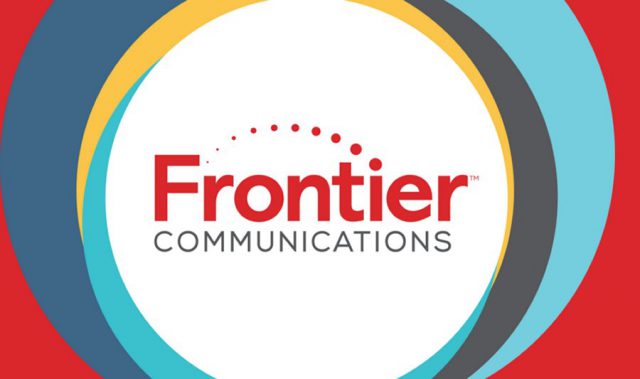 Frontier Communications filed for bankruptcy reorganization protection this week with more than $10 billion in debts and departing customers, despite retention efforts that cost the company more than $5 million a month.
Frontier Communications filed for bankruptcy reorganization protection this week with more than $10 billion in debts and departing customers, despite retention efforts that cost the company more than $5 million a month.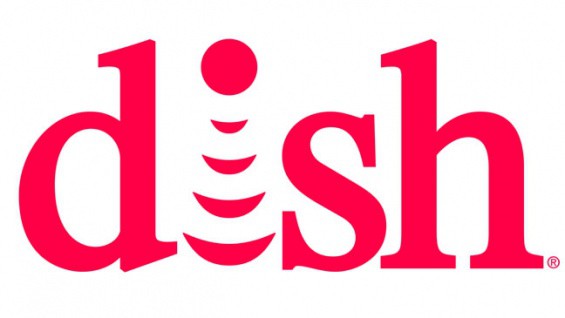 The merger of T-Mobile and Sprint would
The merger of T-Mobile and Sprint would 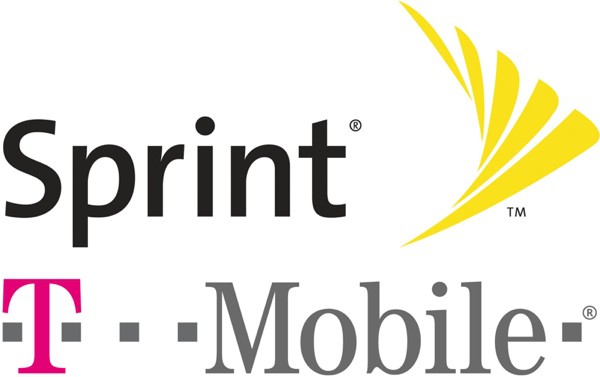 Ergen’s commitment to build a new fourth national wireless carrier was crucial for T-Mobile and Sprint to win regulatory approval of their $26 billion merger, which will reduce the number of national wireless competitors to three. That merger secretly received help from the country’s chief antitrust enforcer, Makan Delrahim. The Trump-appointed regulator, who serves as the head of the Justice Department’s antitrust division, exchanged numerous text messages between himself and top executives of Sprint, T-Mobile, and Dish to help salvage a merger deal under heavy criticism from Democrats and consumer advocates. Delrahim signaled his approval of the merger if Dish promised to buy Sprint’s prepaid wireless brand Boost and was offered access to T-Mobile’s wireless network to help launch Dish Wireless as a new competitor. But executives from Sprint and T-Mobile repeatedly quarreled over the details of the merger with Ergen, forcing Delrahim to intervene and bring the parties together to smooth things over.
Ergen’s commitment to build a new fourth national wireless carrier was crucial for T-Mobile and Sprint to win regulatory approval of their $26 billion merger, which will reduce the number of national wireless competitors to three. That merger secretly received help from the country’s chief antitrust enforcer, Makan Delrahim. The Trump-appointed regulator, who serves as the head of the Justice Department’s antitrust division, exchanged numerous text messages between himself and top executives of Sprint, T-Mobile, and Dish to help salvage a merger deal under heavy criticism from Democrats and consumer advocates. Delrahim signaled his approval of the merger if Dish promised to buy Sprint’s prepaid wireless brand Boost and was offered access to T-Mobile’s wireless network to help launch Dish Wireless as a new competitor. But executives from Sprint and T-Mobile repeatedly quarreled over the details of the merger with Ergen, forcing Delrahim to intervene and bring the parties together to smooth things over.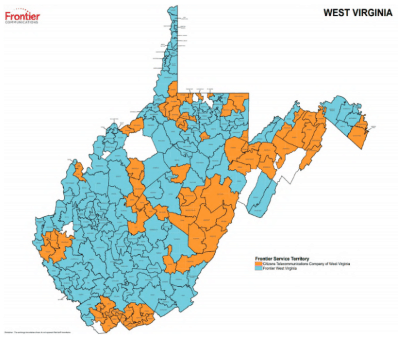
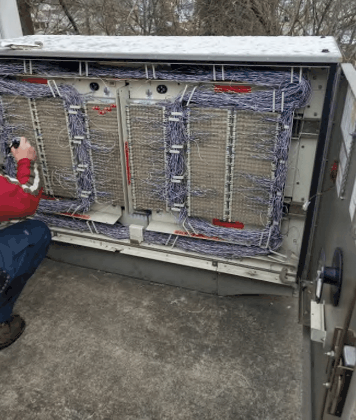



 In reality, 5G is nothing more than an overhyped wireless technology upgrade that can either be slightly faster than existing 4G LTE networks, or considerably faster if adequate wireless spectrum is available for short distance communications. In either case, the energy emitted by traditional cell towers or small cells is infinitesimal compared to much stronger local TV and radio stations. In fact, the fastest 5G networks operate on millimeter wave frequencies that cannot penetrate walls and doors and are capable of reaching only a few blocks away at most.
In reality, 5G is nothing more than an overhyped wireless technology upgrade that can either be slightly faster than existing 4G LTE networks, or considerably faster if adequate wireless spectrum is available for short distance communications. In either case, the energy emitted by traditional cell towers or small cells is infinitesimal compared to much stronger local TV and radio stations. In fact, the fastest 5G networks operate on millimeter wave frequencies that cannot penetrate walls and doors and are capable of reaching only a few blocks away at most.